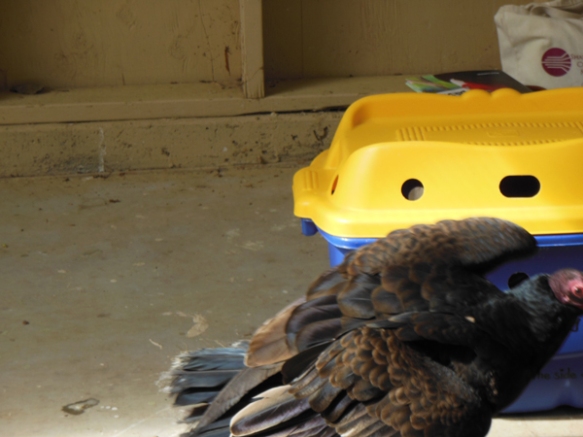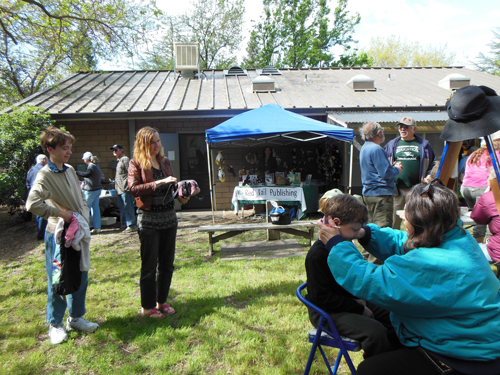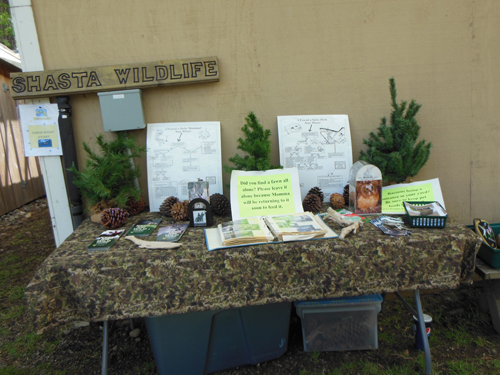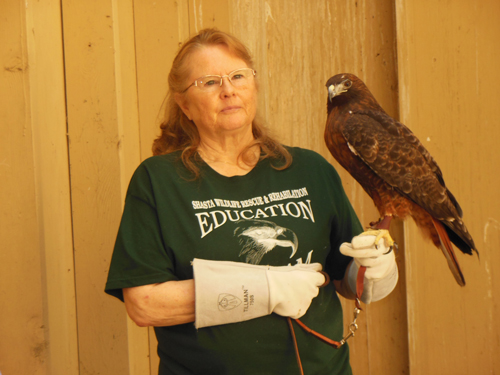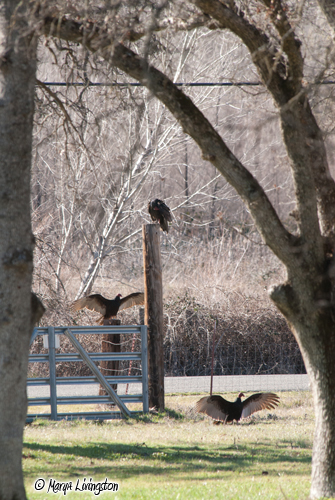Today I had the honor of manning the booth for Red Tail Publishing at the 13th Annual Run for the Wild and Open House for Shasta Wildlife Rescue.
Shasta Wildlife Rescue provides restorative care to wildlife in Northern California. Last year, this dedicated group of volunteers cared for over 1500 wild mammals and birds. It is their goal to rehabilitate the critter and return it to the wild where it can live out its life. As you can imagine, this takes a lot of time and a lot of funding. Today’s even is their annual fundraiser.
It starts early in the morning with a “Run for the Wild” and “Cash for Critters” followed by an “Open House and Baby Shower.”
A lot of people from the local community turn out for tours of the facility and to view the ambassador animals. Some of the animals rescued are not able to return to the wild, such as a bird that can no longer fly, or a fox that has been so imprinted on humans it cannot survive in the wild.
These are wild animals, they are not pets, and because of their life situation, they cannot live in the wild. These animals are cared for by trained people who are licensed by the State Department of Fish and Game to care for the animals for the remainder of the animal’s life. It is a commitment of heart, time and treasure.
So for all of you out there seeking a little bliss, consider supporting organizations like Shasta Wildlife Rescue in your area.
Even better… volunteer. Your world will be richer for it.
Here are some pictures from today. THANK YOU Norma Livingston, for being a good sport and shooting some candid pictures of the event.

This gray fox was kit-napped as a baby. He is too imprinted on people to live on his own in the wild. As sad, to often occurring situation.

Usually other illustrators and authors of Red Tail Publishing books attend events. Due to unavoidable situations, I was the only one able to attend today. My MIL, Norma, was kind enough to join me.

